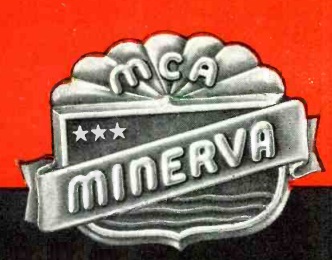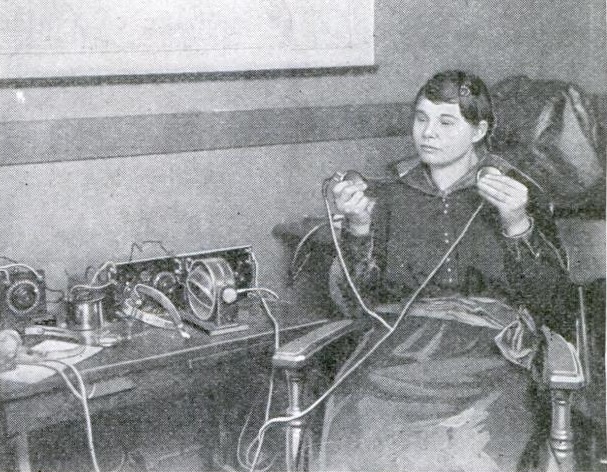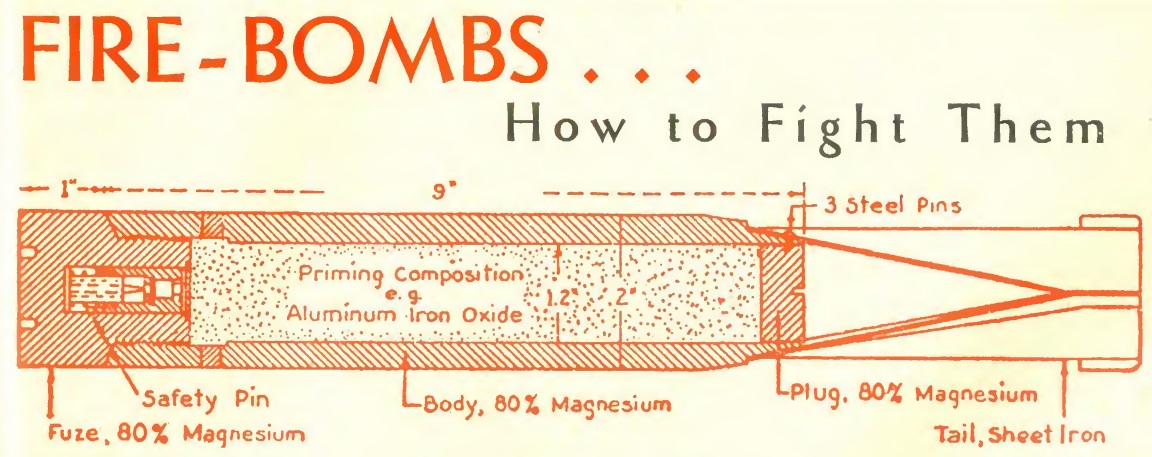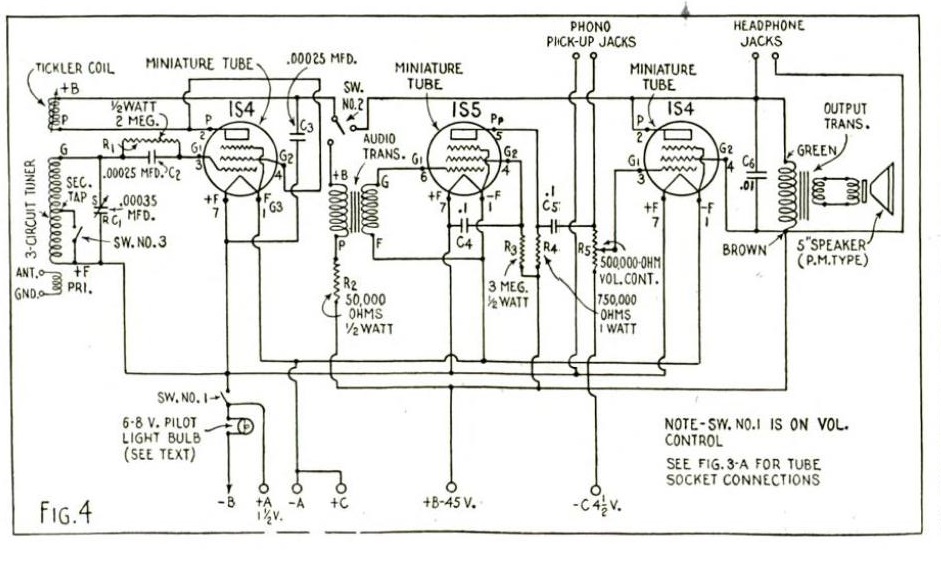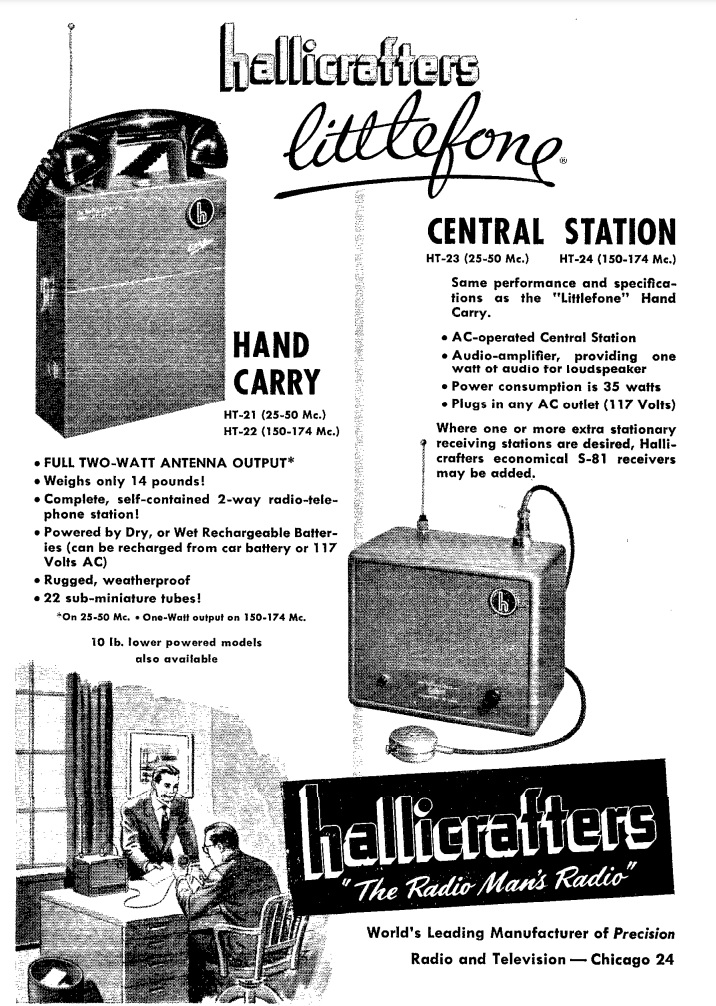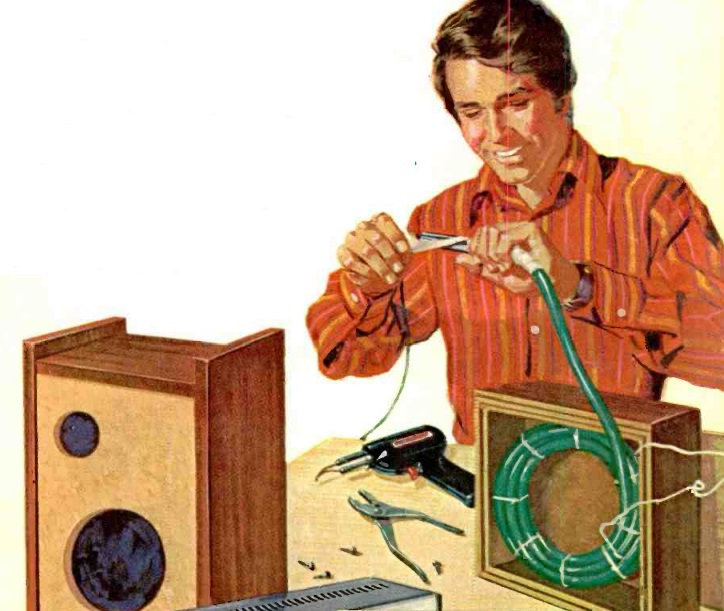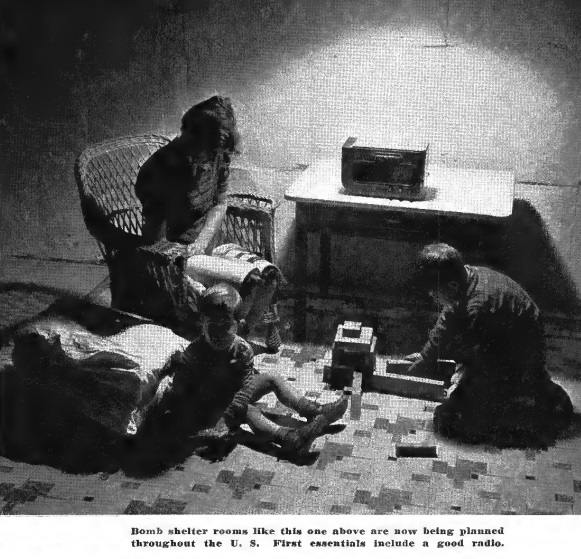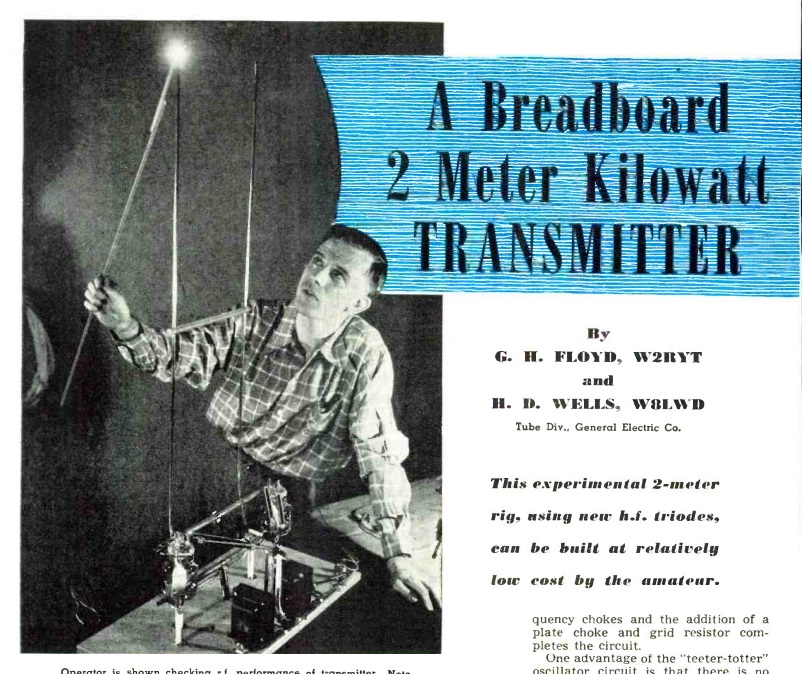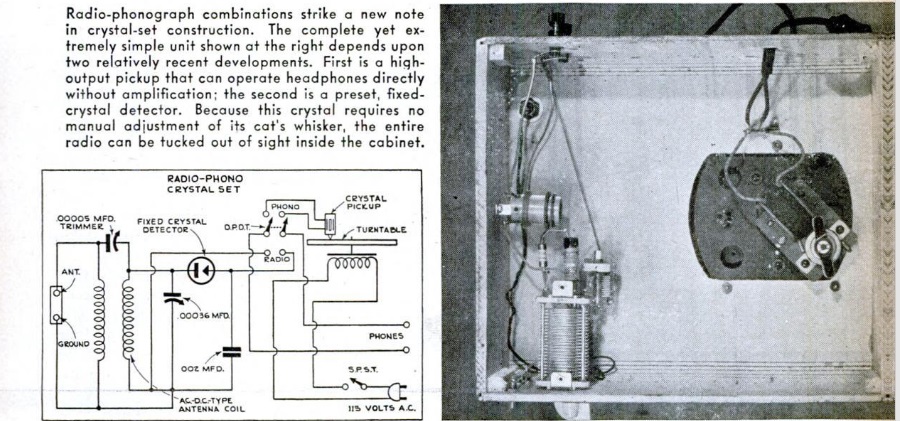 Seventy-five years ago this month, the February 1947 issue of Popular Science carried plans for a number of crystal sets under the heading “Crystal Sets: The First Word in Radio.” The science of radio had made great strides in one generation, but the magazine noted that the generation of engineers and technicians had all grown up on crystals.
Seventy-five years ago this month, the February 1947 issue of Popular Science carried plans for a number of crystal sets under the heading “Crystal Sets: The First Word in Radio.” The science of radio had made great strides in one generation, but the magazine noted that the generation of engineers and technicians had all grown up on crystals.
Despite those advances, the humble crystal set had never passed out of the radio picture.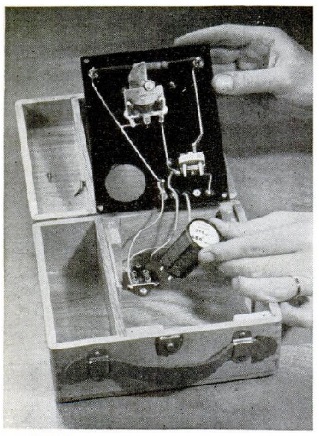 Beginners and those who like doing a lot with a little found the circuits inviting. The example shown above was a radio-phonograph, and the magazine noted that a (piezoelectric) crystal phono pickup could drive a set of headphones just as well as a crystal set. While the design shown here used an electric motor, a clockwork turntable could replace it, making a radio-phonograph independent of any power source.
Beginners and those who like doing a lot with a little found the circuits inviting. The example shown above was a radio-phonograph, and the magazine noted that a (piezoelectric) crystal phono pickup could drive a set of headphones just as well as a crystal set. While the design shown here used an electric motor, a clockwork turntable could replace it, making a radio-phonograph independent of any power source.
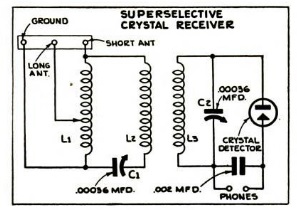 The set shown at left was said to be superselective, and the one at the right was an ideal portable. For use while camping, it needed only a long spool of wire and a stake for the ground. Finally, the set below added one tube for a stage of audio amplification.
The set shown at left was said to be superselective, and the one at the right was an ideal portable. For use while camping, it needed only a long spool of wire and a stake for the ground. Finally, the set below added one tube for a stage of audio amplification.


